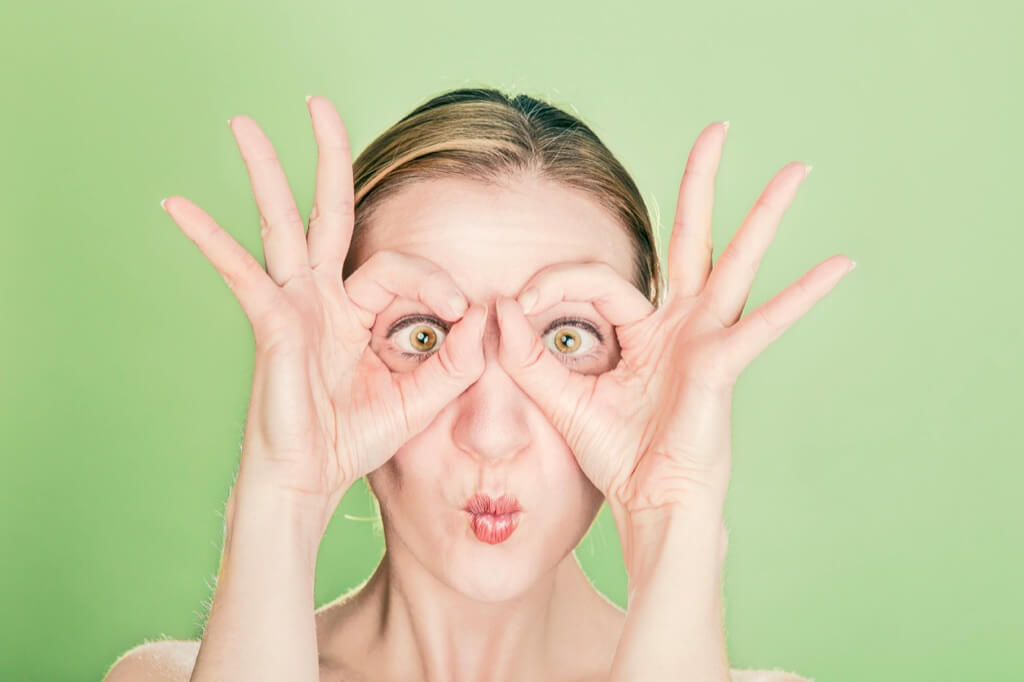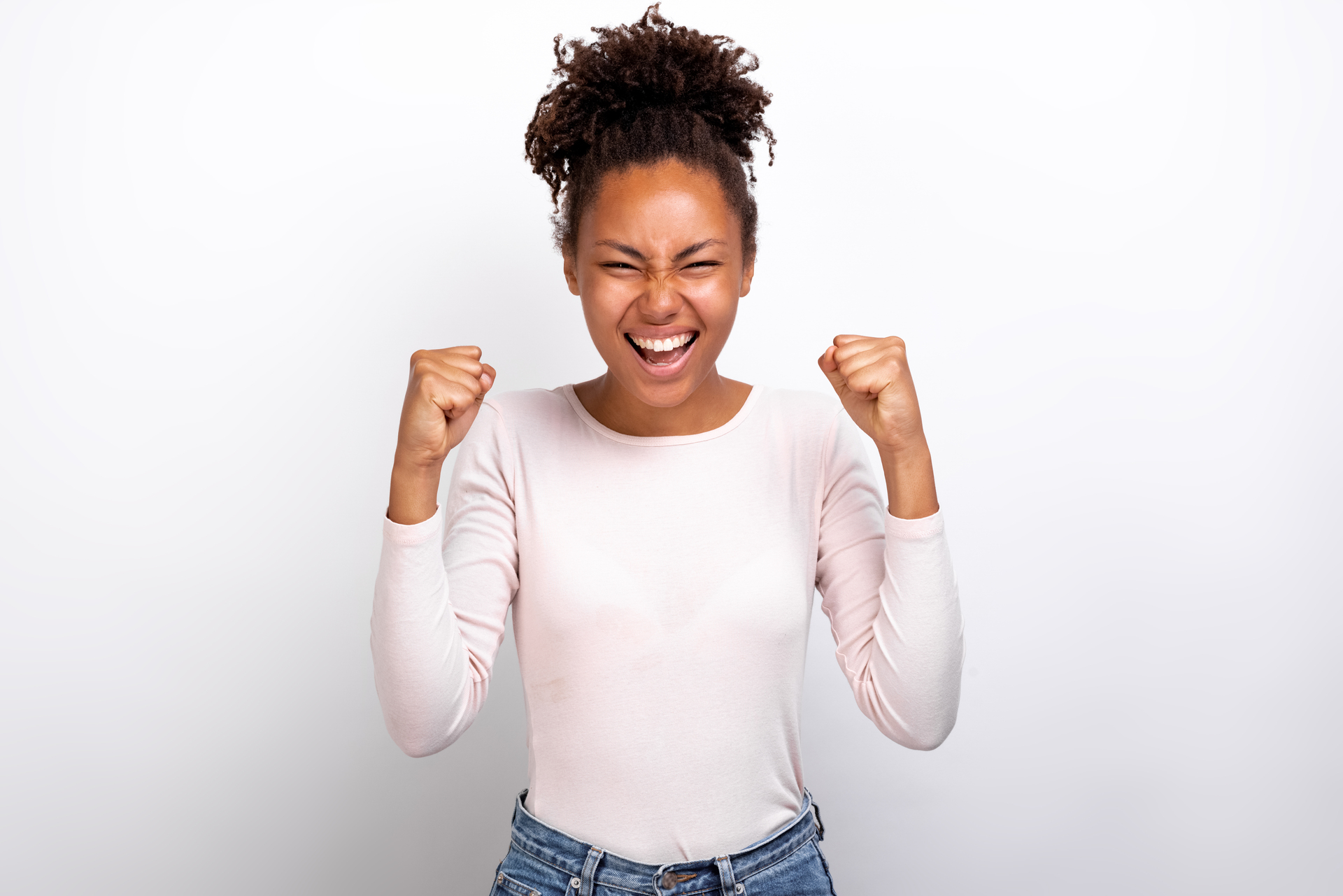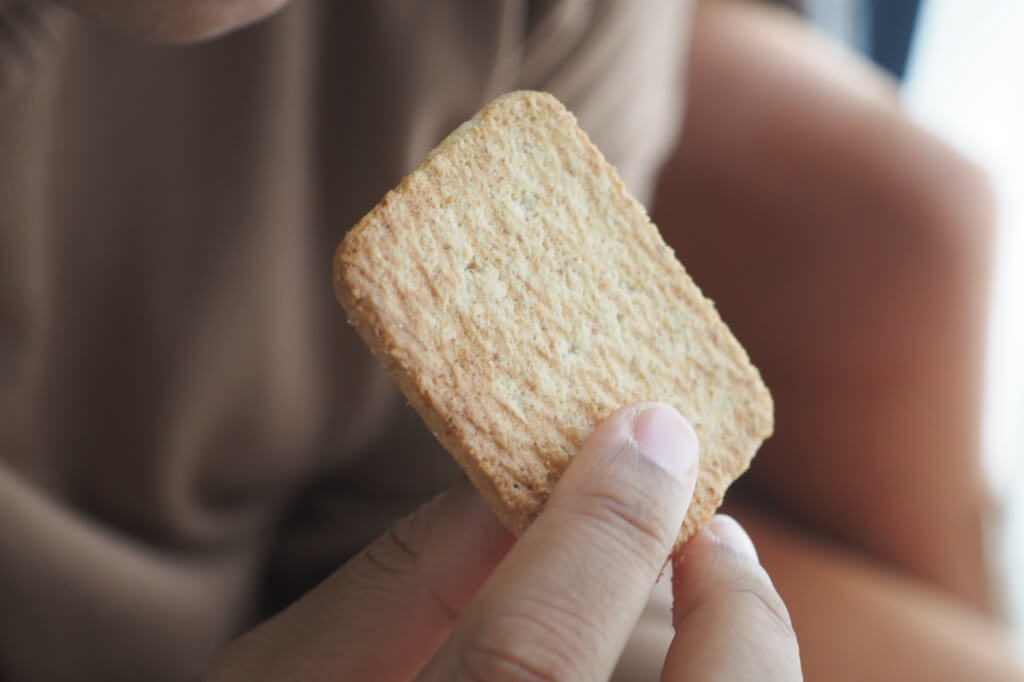It’s a common scenario in lively bars as the night comes to a close: the people around you start to look increasingly attractive. This phenomenon, colloquially known as “beer goggles,” has been the subject of both jokes and scientific studies. But what exactly causes this perceptual shift, and is it merely a result of lowered standards or is there more at play?
Beer goggles are a well-documented psychological phenomenon not just a figment of your imagination. Research shows that after consuming alcohol, individuals tend to find others more attractive. You might think it’s about being less picky, but it’s not. Alcohol alters our perception in fascinating ways. For example, a study by the Universities of St. Andrews and Glasgow revealed that moderately intoxicated individuals found faces 25% more attractive than their sober counterparts.
The effect of alcohol on perceived attractiveness isn’t limited to a specific gender or orientation. A study at the University of Bristol found that after consuming a moderate amount of alcohol (about 24 US ounces of beer), college students rated people’s attractiveness 10% higher, regardless of the gender of the person they were assessing. This suggests that the “beer goggles” effect is a universal phenomenon, affecting how we perceive others irrespective of our typical preferences.
Alcohol and Perception of Age and Beauty
Interestingly, not all aspects of perception are altered equally under the influence of alcohol. A 2011 study by the University of Leicester found that while adult faces were deemed more attractive when viewers were intoxicated, the same didn’t apply to the faces of children. Additionally, the study noted that intoxicated individuals were remarkably accurate in guessing the ages of people in photographs, indicating that alcohol’s impact on perception is more nuanced than previously thought.
The underlying mechanics of the beer goggles effect might be linked to our perception of facial symmetry. People generally find symmetrical faces more appealing, and alcohol seems to blur our ability to discern asymmetry. An experiment conducted at Roehampton University in London tested this theory. They found that sober subjects were better at identifying and preferring symmetrical faces, whereas those who had consumed alcohol showed a reduced ability to detect asymmetries.
A surprising twist in the study was that men were better at identifying asymmetrical faces than women. This could be attributed to the generally higher response of men to visual stimuli, leading them to subconsciously pay more attention to facial details. This finding adds another layer to our understanding of how beer goggles might operate differently across genders.
An interesting aspect of the beer goggles phenomenon is its bidirectional nature. Not only do others appear more attractive to the inebriated observer, but the observer also tends to feel more attractive themselves. This self-perception shift doesn’t necessarily require actual alcohol consumption; sometimes, just the belief of being intoxicated is enough to trigger the effect.
Key Statistics About “Beer Goggles” Effect
- A study involving 80 college students by St. Andrews and Glasgow Universities found that individuals who consumed a moderate amount of alcohol rated others as 25% more attractive than the sober group. This increase in perceived attractiveness is directly proportional to the amount of alcohol consumed.
- Alcohol stimulates the nucleus accumbens in the brain, which is responsible for judging facial attractiveness. This stimulation leads to an altered perception of beauty in individuals who have consumed alcohol.
- Researchers at Manchester University developed a mathematical formula to calculate the extent of the “beer goggles” effect. This formula considers factors like lighting, smoke, distance, and visual acuity, in addition to alcohol consumption.
- The components of the beer goggles formula include the number of alcohol servings, smokiness of the area, lighting level, observer’s visual acuity, and distance between observer and observed. This formula helps determine the degree to which beauty is perceived differently when intoxicated.
- The formula calculates a “beer goggle” score ranging from 1 to 100+. A score of 1 means the observer perceives the same degree of beauty as in a sober state, while a score of 100+ indicates everyone appears highly attractive.
Recognizing and Avoiding the “Beer Goggles” Effect
Stay Aware of Your Alcohol Intake
Keep track of how much alcohol you’re consuming. The more you drink, the more likely you are to experience the “beer goggles” effect. By setting a limit on your drinks, you can maintain better judgment and perception.
Trust Your Sober Instincts
If you meet someone new, try to remember how you would perceive them if you were sober. Relying on your sober instincts can help you gauge your true level of interest.
Use Technology to Your Advantage
Sometimes, a quick glance at a photo on your phone from earlier in the evening can provide a sober perspective. Photos don’t change, even if your perception does.
Lean on Trusted Friends
A trustworthy friend can offer a more objective view of the situation. If you’re unsure, ask for their honest opinion.
Hydrate and Take Breaks
Regularly drinking water and taking breaks from alcohol consumption can help mitigate its effects on your perception. This can give you a clearer head to make more informed decisions.
Beer Goggles Across Cultures
Different cultures have varied norms and perceptions around beauty and alcohol. This diversity likely influences how the “beer goggles” effect manifests. For example, societies with strict beauty standards might experience a more pronounced effect. Human biology dictates attraction, and alcohol’s effects on the brain are universal. Cultural differences might alter the context of drinking but not the fundamental way alcohol influences perception of attractiveness.
Social Media’s Role in Shaping Alcohol-Induced Attraction
The prevalence of idealized images on social media could amplify the “beer goggles” effect, as people might measure real-life encounters against these digital standards, especially when their judgment is impaired. Social media’s impact is more on long-term perception of beauty, not immediate changes caused by alcohol. The “beer goggles” effect is more a result of direct neurological changes than social conditioning.
Beer Goggles in Established Relationships
Long-term partners might see each other differently under the influence, possibly reigniting passion or altering usual perceptions, suggesting that the “beer goggles” effect can positively influence long-term relationships. Established relationships typically rely on deeper connections beyond physical appearance. The superficial changes in perception due to alcohol are unlikely to significantly impact how long-term partners view each other.
Psychological Factors Influencing Alcohol-Induced Attraction
Individuals with certain psychological traits, like high social anxiety or low self-esteem, might be more susceptible to the “beer goggles” effect as alcohol provides a temporary boost in confidence and alters social perceptions.
The primary driver of the “beer goggles” effect is alcohol’s impact on the brain, not individual psychological traits. While these traits might influence drinking behavior, they don’t fundamentally change how alcohol affects perception.
Legal and Ethical Dimensions of Consent
The altered perception from alcohol consumption complicates the issue of consent, raising ethical questions about decision-making under influence and the need for clear communication and understanding in social settings. Adults are responsible for their actions, including those under the influence of alcohol. While alcohol can impair judgment, it doesn’t absolve individuals from understanding and respecting boundaries and consent.
Alcohol’s effect on our perception of beauty is a complex interplay of neurology and psychology. It blurs the lines of our usual standards, making us view others through a more forgiving lens. This phenomenon, while intriguing, underscores the importance of understanding how our perceptions can be altered and the need for making informed and respectful choices in social settings




